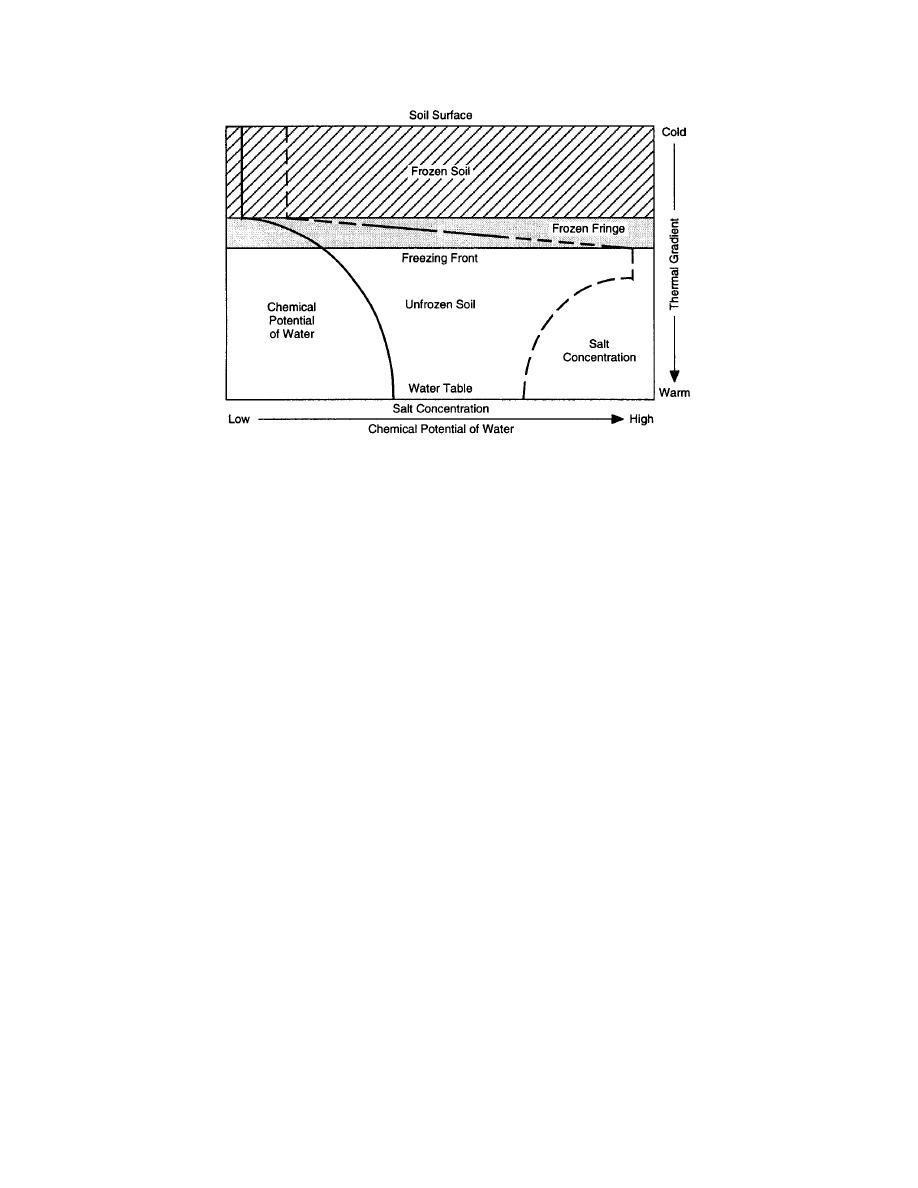
Figure 3. Schematic of a freezing soil system.
Factors controlling the upward flux of water into
diately in front of the freezing front (Hallet 1978,
the freezing and frozen soil zones are of critical
Miller 1980, Kay and Groenevelt 1983, Hofmann
importance in understanding practical problems
et al. 1990). This solute (or osmotic) gradient will
associated with freezing and thawing phenomena
generally induce an upward movement of water.
such as soil strength and frost heaving.
And last, freezing of soil water, which is analo-
gous to soil drying (Lahav and Anderson 1973,
Soil strength
Miller 1980), creates a strong sink for water and
Freezing, per se, invariably increases the me-
induces an upward movement of water to the
chanical strength of soils because of the strong
freezing front.
bonding between ice and soil particles (Mahar et
Under subzero temperatures some soil water
al. 1983). Freezing and thawing can either increase
remains unfrozen as thin films around soil parti-
or decrease soil strength, depending on the degree
cles and serves as an avenue for the movement
of both water and solutes in frozen soil. From 0to
of thaw weakening. With respect to clays, Cham-
1C there is an exponential decrease in the
berlain (1989) concluded that strength increases can
be expected where there is an increase in consoli-
from 108 to 10121014 m/s; below 1C the
dation and density during freezing and thawing;
decreases in mechanical strength can be expected
hydraulic conductivity remains essentially con-
with highly cemented clays and clay soils that are
stant (Perfect et al. 1991). Solutes can theoretically
highly overconsolidated before freezing. Rowell
increase the water flux, in part because of the di-
and Dillon (1972) found that clay aggregates were
rect effect on water diffusion (Lws in eq 6) but also
produced by freezing. After thawing, these aggre-
because of indirect effects on freezing-point de-
gates swelled and dispersed, depending on elec-
pression, unfrozen water content and increases in
trolyte concentration, in a manner similar to
the thickness of soil moisture films (Anderson and
aggregates formed by drying.
Morgenstern 1973, Henry 1988). Despite these the-
The presence of salts in soils generally decreas-
oretical considerations, it appears that the domi-
es mechanical strength (Tyutyunov and Derbene-
nant effect of solutes is generally a reduction in
va 1970, Tsytovich et al. 1973, Mahar et al. 1982,
1983, Ogata et al. 1982, Chamberlain 1983). This
other terms in the water flux equation (eq 6). As a
decline in mechanical strength with increasing salt
consequence, water flux to the freezing front is
concentration is generally attributed to a lowering
generally reduced by solutes (Kay and Scott 1973,
of the freezing point and, as a consequence, an in-
Sheeran and Yong 1975, Chamberlain 1983, Cary
crease in unfrozen water content. In addition to
1987, Ershov et al. 1992).
5



 Previous Page
Previous Page
